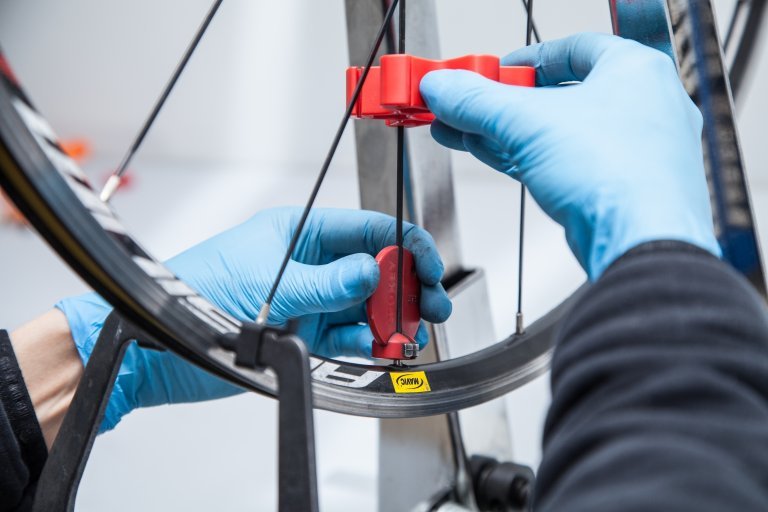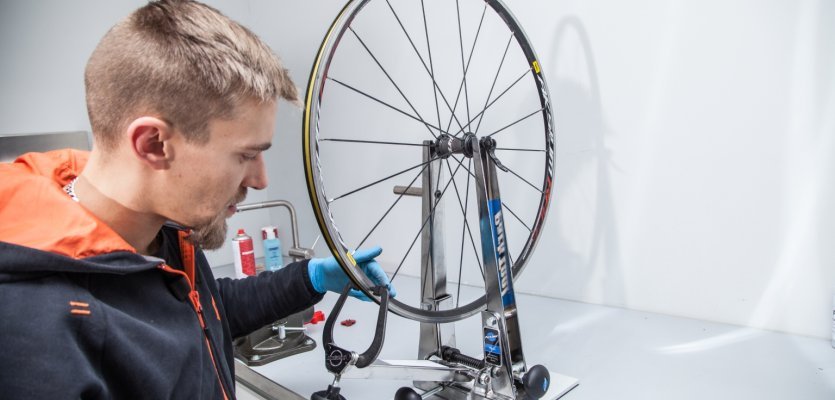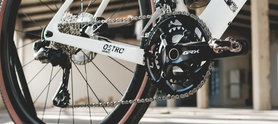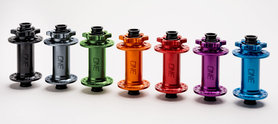
How to true your wheels
Truing wheels may seem like a daunting task, but using our how-to post turns it into child’s play. Read on and learn to do it yourself.
It’s pretty easy to untrue your wheel in a crash. However, unless it looks like a potato chip and suffered serious damage, you can usually true the wheel yourself. But how is this done? When truing, you are adjusting the tension on the spokes and this post will show you how to do it
Note: we only address the issue of horizontal true because adjusting vertical true is worth another post in itself.
Finding the out of true area
To localize where the wheel needs to be trued, first you need to put it in a truing stand. Next, you should adjust the calipers to the point that they almost touch the rim. Now, spin the wheel and wherever the rim touches the calipers, is where the wheel is out of true.
Once you’ve found the affected area, use your forefinger and thumb to mark where it starts and ends.
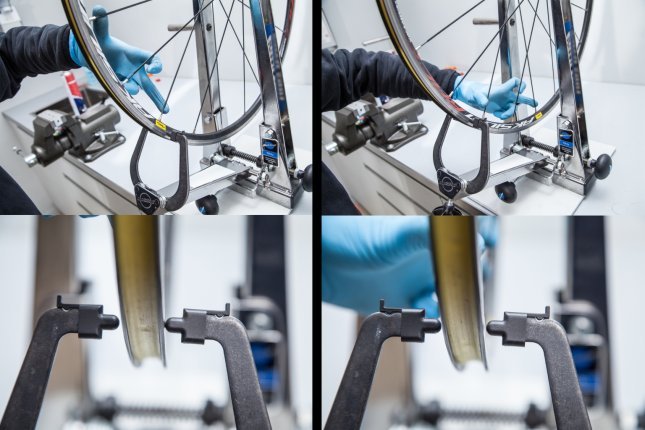
The out of true area.
Truing stand alternative
Many of you reading this post might not own a truing stand. However, there is still a way for you to true your wheels. First, attach cable ties to your fork blades or seatstays and cut them to size. They should be close enough that they are just about to touch the rim. This simulates the calipers of the truing stand. From here, the rest of the post will explain how to finish the process.
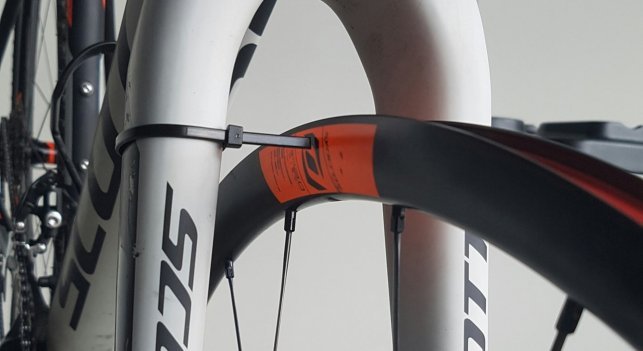
Cable ties work just as well.
Truing the wheel
First, identify which size spoke key you need. If you’re not sure, check with the manufacturer of your spokes / nipples.
Note: If your wheel has bladed spokes, make sure to use a bladed spoke holder to ensure that they do not turn with the nipple. This can lead to the spokes being incorrectly tensioned, which increases the risk of failure. They also lose their aero effect, if not set in the correct position.
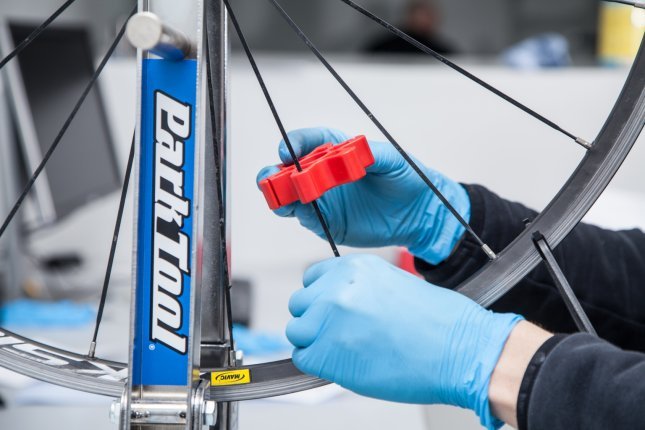
The bladed spoke holder.
When truing, be sure to know which side of the caliper the rim touches. If it touches the left side, then the spokes on the right side of the hub needs to be tightened. If it touches the right side, then the spokes on the left side of the hub needs to be tightened.
Now, it is time to adjust the spokes tension. Tighten the spoke by turning the nipple clockwise. Make sure you are doing this correctly. It may seem counter intuitive at first. Work with quarter turns and check the outcome after each adjustment. If one of the spokes you are working on is too tight, you can loosen the ones on either side.
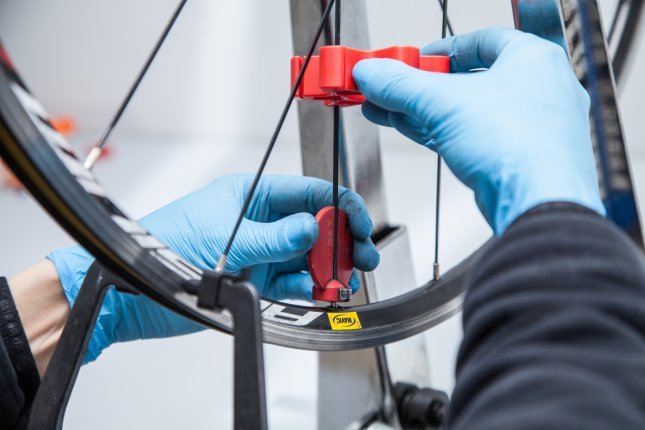
Tightening a spoke.
Repeat this process until you can spin the wheel without the rim touching the calipers.
Time to ride
On your first ride out, don’t be shocked by any loud ‘pangs’ you may hear coming from the wheel. This is normal as it sets, so no need to panic. Once trued and settled, your wheel is ready to take whatever you can throw at it once more.

